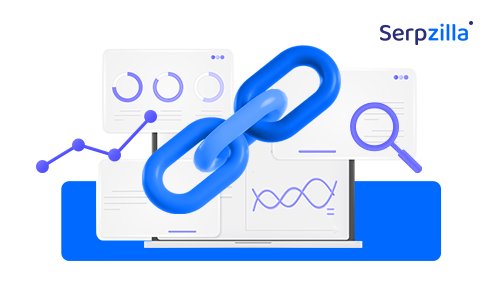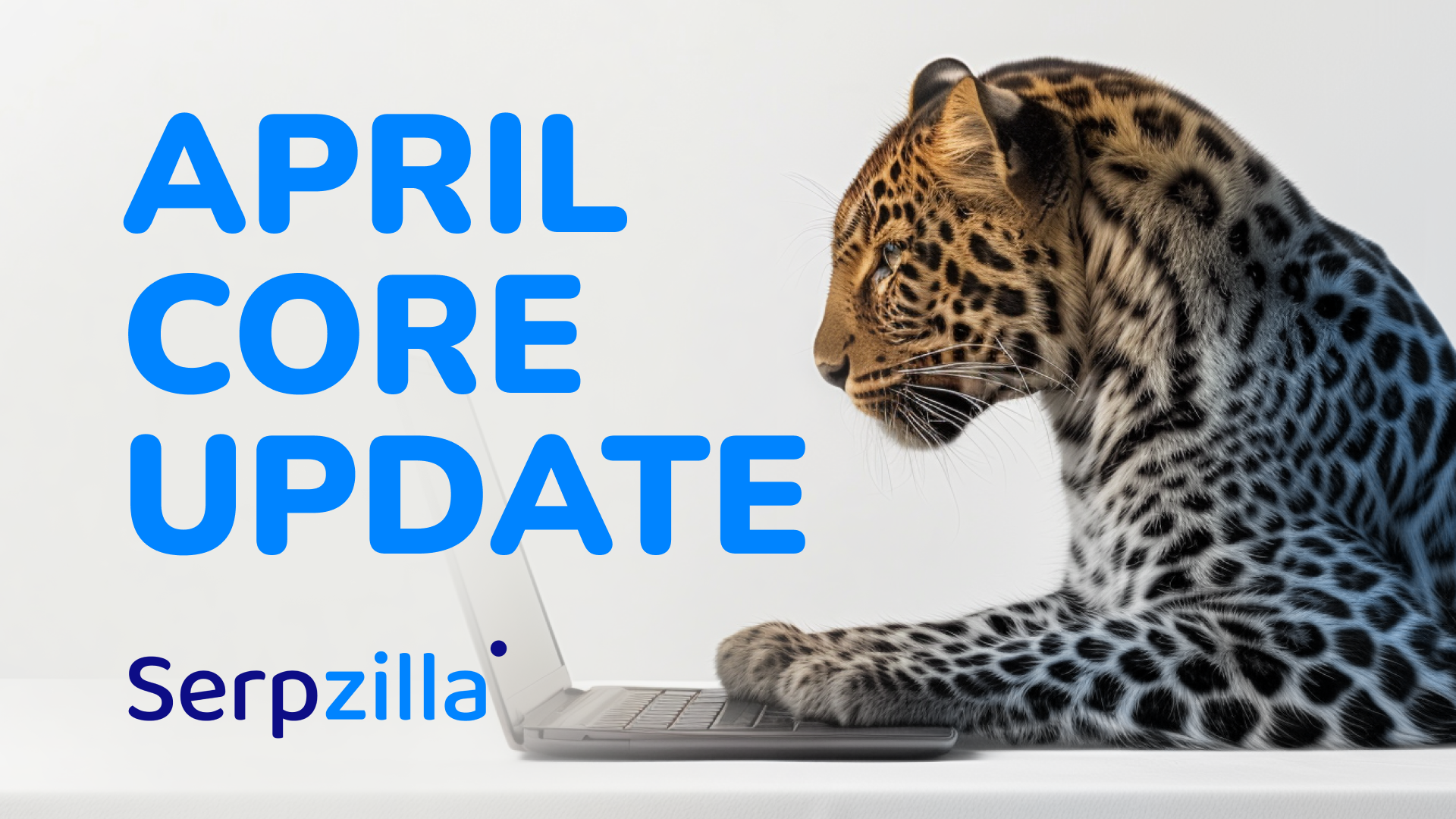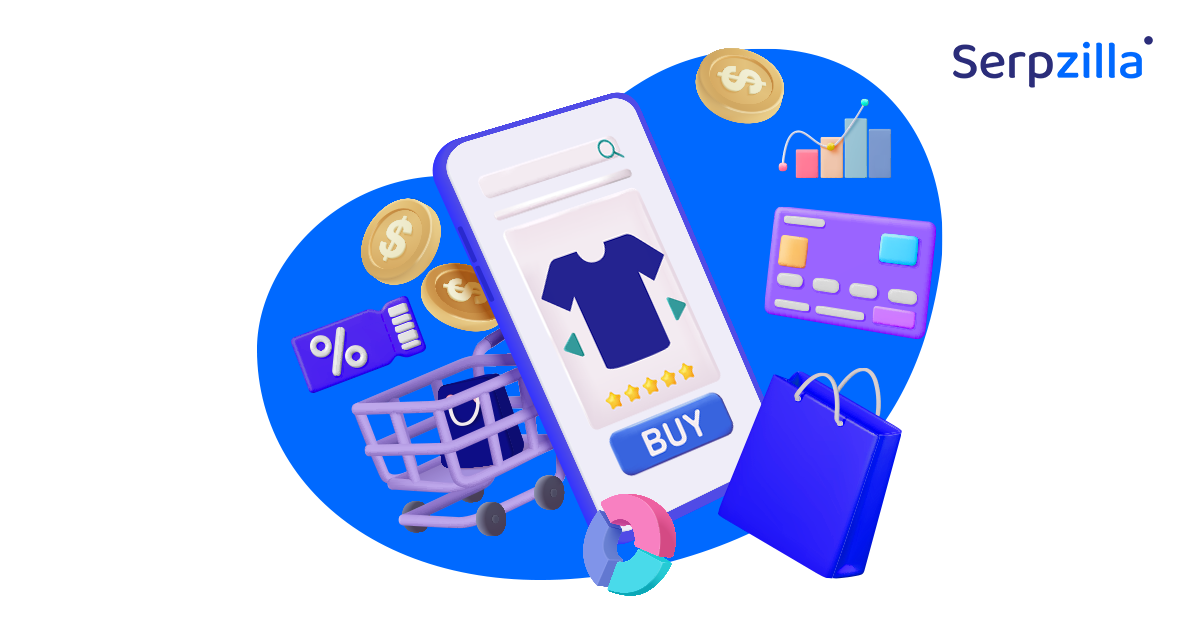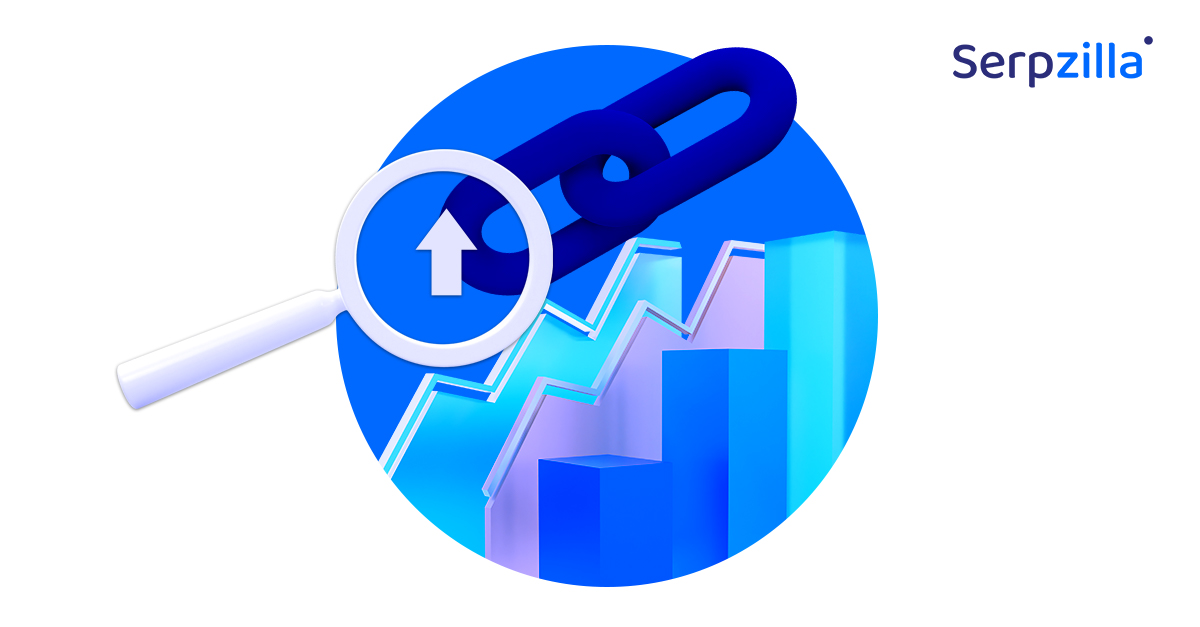Forget what the internet told you five years ago: starting a blog in 2025 isn’t about journaling your breakfast or going viral on Pinterest. The goal is to build useful, focused, niche-first ecosystems where your voice, knowledge, and weirdly specific obsessions can actually pay rent. In this guide, you’ll learn how to start a blog and make money in a world flooded with AI content and TikTok micro-trends.
We’ll show you how to pick a spot-on niche, create content people really crave, and turn that into real income with smart SEO strategies. You’ll also discover how Serpzilla can help you monetize your blog by selling backlinks. Let’s dig in, shall we?
Blogging in 2025: Can You Still Make Money?
The short answer is a definite yes! However, make sure you don’t treat it like 2013. The truth is that the days of “just write consistently and monetize with ads” are long gone. Here are some key factors that make blogging in 2025 a whole different game than it was even a few years ago:
- Readers are spoiled for choice. If your content isn’t useful, clear, or unique, it’s invisible.
- Algorithms are unpredictable. Google search rankings shift overnight. Social media reach depends on trends and timing. Even email open rates are at the mercy of spam filters and shifting user behavior. What works today might tank tomorrow.
- AI can pump out 100 blog posts in a blink. Lucky for us humans, most of them lack depth, nuance, or human insight. Still, the sheer volume is changing the big picture of blogging.
According to Tech Business News, there are around 600 million blogs worldwide. They make up over 31% of the 1.9 billion total websites.
If you feel overwhelmed, here’s a silver lining: most of the online blogs are still generic and don’t solve real problems. That’s your edge right there. To make money blogging now, you need to think like a micro-business owner, not a content hobbyist. That means choosing one tight niche, owning a unique angle, and building trust as carefully as you’re building traffic.
Potential for income: How blogs pay in 2025
So, how to make money from blogging? Of course, there’s the classic route that includes:
- Displaying ads with Google AdSense
- Joining affiliate programs
- Offering digital products or paid newsletters
- Landing sponsorship deals once your traffic grows
But if you don’t want to wait for too long to get income, you can now enjoy one of the easiest early monetization methods most beginners overlook: selling backlinks. If your blog has decent content and is slowly building authority, you don’t need massive traffic to start earning. Platforms like Serpzilla connect you with brands and SEO agencies looking to buy quality links. You stay in control by setting your own prices, choosing which links to accept, and generating passive income while your blog is still finding its audience. It’s a solid way to turn your site into an asset right from the start.
Let’s see how you can use this strategy along with a few other smart moves to start your blog and turn it into a real source of income.
Start Your Blog: 10 Steps to Success
So, you want to turn your idea into an actual blog that makes money, not five years from now, but as soon as realistically possible. As with any other business initiative, strategic thinking is a must here. You don’t need to build this strategy from scratch, though. Just follow these 10 actionable steps to set yourself up for both organic growth and early monetization.
Step 1: Pick a niche that pays (and doesn’t burn you out)
Choosing your niche is the most important decision you’ll make. Ironically, it’s the one that most people rush. Don’t make that mistake.
When deciding on the niche, try to find a sweet spot between your area of expertise (or interest) and people’s real content needs. Shoot for something that:
- Solves real problems that internet users frequently search for
- Has commercial potential (think products, services, tools, or useful info)
- Doesn’t make you want to quit after 10 posts
For example, instead of writing about “fitness,” narrow it down. You can focus on home workouts for new moms or bodyweight training for busy professionals. These are specific, relatable, and easy to monetize. You can achieve this through affiliate products, digital courses, or paid partnerships.
According to a Wix study, tech is the most popular blog category in 2025.
Pro-tip: Use tools like Google Trends or Exploding Topics to research search volume and rising interest. And ask yourself: Who is my reader? What do they struggle with? Can I help them consistently without getting bored? That’s your niche right there.
Step 2: Find and buy a strong expired domain
Launching a blog from scratch is an uphill climb. That’s why many smart bloggers start with a shortcut: expired domains. These are domains that someone else registered and used before but let eventually expire.
Why is this a good move? If a dropped domain has a clean history and good backlinks, it can give you a powerful SEO head start. Besides, many of these domains already have residual traffic or indexed pages, so Google doesn’t treat you like a total newbie. Think of it like moving into a house that’s already partially furnished.
If you go for this strategy of making money from a blog, seek domains that:
- 50+ referring domains from legitimate websites
- Clean anchor text that shows the site was used naturally and not for manipulation
- A name that fits your brand
That’s enough to give you that edge you’re looking for. It’s a low-cost growth hack with long-term benefits, especially if you plan to sell backlinks later.
ExpiredDomains.net currently lists a staggering 670+ million domains in its database.
Step 3: Check the domain’s history and SEO health
A little quality control goes a long way with expired domains. Don’t rush to finalize your purchase. First things first, you need to verify that your expired domain doesn’t come with baggage.
A good idea is to start with the Wayback Machine (archive.org) to see what the site looked like over the years. Was it a normal blog or an e-commerce site? Or was it used for spammy link schemes? If the latter is the case, it’s better to pass on the domain.
Next, check backlinks using platforms like Ahrefs or SEMrush. If you don’t want to spend extra, try free tools like Ubersuggest. Look for red flags in anchor text like “online slots”, “betting hacks”, etc. These are the signs that the domain was likely part of spammy activity or used as a PBN (private blog network). This can seriously hurt your chances of ranking. Even worse, overlooking this might potentially get your blog permanently flagged in Google’s eyes. That said, if you’re in a legitimate niche like gambling or casino review, anchor text like “Casino” or “Gamble” may be perfectly relevant.
Finally, you’ll want to do a quick Google search: type site:yourdomain.com into the search bar. If no results appear, the domain may be penalized or deindexed. In that case, walk away.
Remember: choosing a clean domain protects you from SEO headaches and builds trust with both search engines and potential link buyers later.
Step 4: Choose the best CMS for your skills and goals
Blogging for money is a business that requires solid infrastructure. That starts with your content management system (CMS). It’s what you’ll use to publish posts, design your pages, and optimize everything for SEO.
If you’ve never blogged before, it can feel like a lot to set up. Yet, it’s well worth the effort, especially if you choose a good platform. Some solid options to pick from are:
- WordPress remains the best all-around option. It’s free, endlessly customizable, and SEO-friendly. You can install themes, add plugins, and scale it however you need.
- If you’re more design-oriented and want something lightweight, Ghost offers a clean, minimalist experience.
- Webflow is great for visual control but comes with a steeper learning curve.
- CMSs like Wix and Squarespace are designed for simplicity, not for advanced control. While they offer drag-and-drop builders and pretty templates, they often restrict how much you can optimize URLs, manage meta tags, or fine-tune page speed.
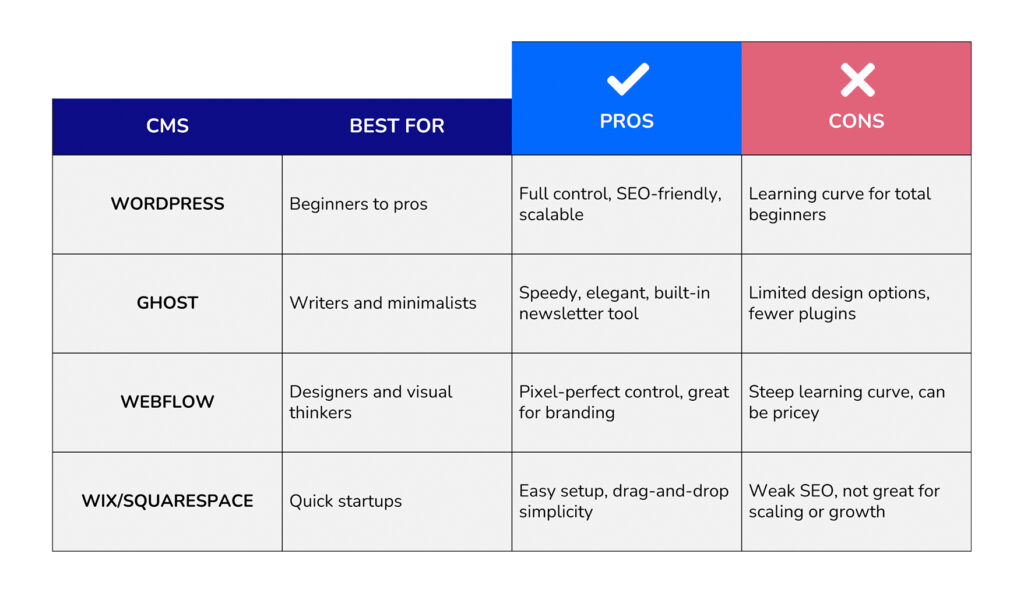
At the end of the day, the best CMS is the one that fits both your vision and your tech comfort zone. Take your time, test a demo or two, and choose something you won’t dread logging into.
Step 5: Get hosting + connect your domain
Hosting might not be the most exciting part of starting a blog, but you simply can’t skip this step. A good hosting provider keeps your site fast, secure, and online 24/7. And with a bad one, you can expect slow loading times, outages, and SEO penalties.
Lucky for your blogging efforts, you don’t need to pay premium prices for quality hosting in 2025. Services like Hostinger, Namecheap, SiteGround, or Cloudways offer great speed and uptime at beginner-friendly prices.
Look for features like:
- One-click WordPress installs
- Free SSL certificates
- 24/7 support
Once you’ve bought your domain, your host will guide you through connecting it, usually via nameservers or DNS settings. It sounds technical, but it’s actually a few clicks. With your domain and hosting linked, your blog is officially live. That’s your digital real estate ready to be built up and monetized.
Step 6: Create or restore SEO-optimized content
So, it’s time to get to the meat of your blog — the content.
If your expired domain had existing content, don’t let that value go to waste. Go through the old content and focus on pages that previously had traffic or backlinks. You can either recreate the content from scratch (rewriting and modernizing it) or use tools like Archive Downloader to extract full versions.
If you’re starting fresh with a new domain or the old content isn’t usable, begin with 3–5 foundational blog posts in your niche. Each should target one specific keyword or question. Use clear subheadings, practical examples, and internal links to guide both readers and search engines. Think about the problems your target audience faces and make your post the best answer on the internet.
This content is your base for SEO, audience trust, and monetization, from affiliate links to sponsored posts and backlinks. When your posts start attracting live traffic and rank for popular keywords, you can start offering contextual backlink placements to SEO agencies and brands in your niche.
Step 7: Optimize your site for search engines
A messy blog is hard to read and even harder to rank. You need a logical structure that helps users navigate your site and helps Google understand what your content is about. Internal linking helps you achieve that.
You can start with a “pillar post,” a comprehensive guide to your main topic. Then write “cluster posts” that go deeper into subtopics and link them back to the pillar. For example, your central post can be “Your Go-To Guide to Bodyweight Workouts” with clusters like “Best Bodyweight Exercises for Beginners” or “Home Workout Plans for New Mothers.”
This is part of a broader SEO strategy that includes optimizing page titles, meta descriptions, header structure, and images with descriptive alt text. Use navigational menus, breadcrumbs, and footer links to connect your pages. Google follows your internal links to crawl and understand your site. The better your structure and on-page optimization, the easier it is to rank and make money from your blog.
Step 8: Submit for Indexing and Check for Errors
It’s time to go public! You want Google to crawl, index, and trust your site as soon as possible.
First, install an SEO plugin to auto-generate your sitemap. Submit this sitemap through Google Search Console. Then monitor the Coverage and Page Experience reports. Fix issues like mobile usability problems, slow loading times, or blocked pages.
Try tools like PageSpeed Insights, where you can find and quickly fix common site performance problems. Also, double-check your robots.txt file and meta tags. You might discover that you’re accidentally hiding key content from Google. Yes, you’ll need to deal with some technical stuff here, but these fixes are important. They ensure your site doesn’t lose out on visibility due to simple oversights.
Step 9: Publish Quality Blog Posts
And just when you thought it was all about tech and tools, we come to the writing process. This step is the heart of your blog: publishing real, useful content that solves problems. How do bloggers make money? They answer a specific question better than anything else online.
Use a mix of formats like:
- how-to guides
- listicles
- tutorials
- reviews
- case studies
Include clear headings, short paragraphs, bullet points, and attractive visuals. Make it scannable and easy to digest.
Basic SEO matters here. Use keyword research tools (Keywords Everywhere, Ubersuggest, or AnswerThePublic are fine options) to find what your audience is searching for. However, don’t write for algorithms. Write like you’re helping one person who needs a real solution.
Content like this attracts backlinks naturally, builds reader trust, and forms the foundation for monetization through affiliate links, products, or selling link placements.
Step 10: Promote your blog and build authority
Sadly, even the best content won’t make money if no one sees it. Promotion is a must if you want to see your blog pay off.
No worries, you don’t need to turn to ads for promotion (at least not right away). Start by sharing your posts:
- In relevant online communities like Reddit
- On niche Facebook groups, Slack channels
- On Q&A sites like Quora
To gain more momentum, pitch guest posts to related blogs and swap links with other creators. Build relationships, not just backlinks — the latter will come naturally.
Pro-tip: For an even wider reach, you can experiment with repurposing your blog content into threads for X, carousel posts for Instagram, or answers on forums.
ReferralRock’s survey shows that repurposing is the most cost-effective way to build content, according to 65% of responders.
Once your blog is up and running, you can explore various ways to make money, from affiliate programs to sponsored content. Remember, diversifying your income streams is always a good idea. Experiment with at least a couple of methods here.
The Best Way to Make Money Blogging: Start Selling Links on Serpzilla
When your blog has niche-relevant content and a clean backlink profile, you can also start selling backlinks. What makes this method so effective is that it turns your site’s existing SEO value into an income stream. You’re not betting on affiliate clicks or writing sponsored posts that require heavy negotiation. Instead, you’re monetizing your domain’s trustworthiness and content relevance directly. It’s scalable, relatively passive, and completely traffic-independent.
➡️Here’s how it works: you add your blog to a platform like Serpzilla, list the specific pages or types of placements you’re willing to sell, and set your own prices. SEO agencies or brands looking for niche-relevant backlinks browse listings and submit link requests. If you approve them, you publish the link in your content. You get paid for each successful placement. It’s that easy.
Pro tip: You can use Serpzilla’s automatic pricing feature. The suggested prices are based on site characteristics and demand, so you’ll be sure that the numbers you settle on are fair and competitive.
Let’s see how you can use Serpzilla as a website monetization platform to make your content a real income source as a blogger.
1. Register and add your blog to Serpzilla
To start selling backlinks, head over to serpzilla.com and create an account.
Once you have an account, create a project and link your website to it. To do this:
- Log in to your account.
- Navigate to your dashboard and add your blog’s URL by clicking “Add Project”.
You’ll be asked to verify blog ownership, usually by adding a meta tag to your site’s HTML or uploading a small verification file. After approval, you can begin listing available pages and setting parameters for the types of links you’re willing to sell (contextual, homepage, niche edits, etc.).
2. Set the right prices for maximum profit
Pricing can be tricky. Set your rates too high and you’ll be ignored. Set them too low and you’ll undervalue your work. Serpzilla helps you out and offers automatic pricing by analyzing the site and demand.
You can check what similar blogs in your niche charge. If you’re new, aim for competitive but fair pricing, then raise it as your metrics improve. You can price per link, per post, or even offer packages.
Pro-tip: blogs with consistent posting schedules and SEO-friendly structure often earn more per link. Buyers are more likely to invest in a site that appears active, trustworthy, and well-maintained.
3. Manage link orders and maintain site quality
Once live, you’ll start receiving link requests from buyers. You’ll see what anchor text and target URL they want, and you get to approve or reject each offer. Alternatively, you can choose to accept offers automatically.
Don’t be afraid to stay picky. Only accept links that make sense for your content and won’t hurt your readers’ trust or your SEO. Deliver placements on time and keep communication clear — it builds reputation on the platform. And remember to regularly audit your outbound links. Too many irrelevant or low-quality ones can weaken your blog’s SEO and reduce future orders.
Congrats, you now officially blog for money!
4. Sell links without hurting SEO
Some people think selling links automatically puts you in shady, black-hat SEO territory. But that only happens if you do it recklessly. It’s actually easy to monetize with backlinks and still stay on Google’s good side. The key is relevance plus moderation:
- Only place links that align with your blog’s content and audience
- Avoid overly commercial, unrelated keywords
- Don’t accept dozens of outbound links per post or fill your homepage with external links
- Use natural language around anchor text
- Publish genuine content, not filler, for each paid placement
Example: imagine you run a food and wellness blog, and someone offers to pay you to insert a link to a payday loan service with anchor text like “fast emergency cash.” That kind of link has nothing to do with your topic, feels out of place for your audience, and would raise serious red flags for Google. It’s a quick way to lose credibility and risk your rankings. Even if the buyer offers good money, it’s a smart idea to refuse and focus on safer, more relatable, and organic links.
In other words, keep things balanced, and you’ll build both income and authority.
5. Scale your earnings with multiple websites
Once you’ve mastered the process with one blog, there’s no reason to just stop there. Many successful Serpzilla users manage several niche blogs across different industries. You can reinvest your profits into buying more expired domains, hiring writers, or improving site SEO.
Here’s what scaling might look like:
- Use income from Blog #1 to purchase a second expired domain in a different niche.
- Apply the same system (optimize the domain, publish quality content, and list it on Serpzilla).
- Outsource content writing and link placement tasks to stay focused on strategy and growth.
- Use performance data to raise prices or improve site authority across all your blogs.
- Track income, manage SEO health, and build long-term relationships with buyers.
The beauty of this model is that it compounds: each site basically becomes a new revenue stream. Just make sure each site is high-quality, unique, and relevant to its niche. Avoid copying content or spinning posts across domains. With a smart system, one blog can turn into a small portfolio and a real business.
Analyzing Your Income: Plan for Long-Term Blog Profits
As you’re blogging for money, make sure to understand what’s working and what’s not. This will help you grow consistently and choose the best strategies for sustained business success.
Measure progress with analytical tools
You can begin by reviewing your site’s performance in Serpzilla’s dashboard. You’ll see data on accepted and pending link orders, page performance, and which types of content attract the most buyer interest. Pay close attention to which pages generate repeat orders or higher-value placements. These are signals of what the market values most.
For bigger trends, turn to Google Search Console. There, you can monitor your blog’s visibility in search results. It shows which keywords you rank for, how many impressions your pages get, and where your click-through rates tend to sink. Pair that with Google Analytics 4 to understand where visitors come from and how they behave on your site.
Additional tools like Ahrefs or Ubersuggest can help analyze backlink profiles and competitive gaps, but Serpzilla’s internal metrics are your best early indicator of income potential from link sales. Use this data weekly to double down on high-performing content and optimize underperforming pages.
Map out your future moves
Once again, to keep your blog growing and income increasing, you’ll want to play the long game. Focus on consistency, quality, and diversification. Use the data you gather from your analytical toolkit (hopefully, you do it on a regular basis) to plan ahead. This includes:
- Publishing regularly based on your schedule to build topical authority
- Updating old posts to keep them relevant and high-ranking
- Expanding your monetization mix (e.g., affiliate offers, info products, email lists)
- Building partnerships with other bloggers or brands
- Reinvesting profits into content creation, better tools, or additional sites
Example: Let’s say you notice that one blog post consistently attracts link buyers and affiliate clicks. You can create a spin-off content series around that topic, build a downloadable resource, and even create a mini-course. You could also use insights from high-performing content to pitch collaborations or improve your lead magnets.
Pro-tip: build an email list. This is one of the few assets unaffected by algorithm changes or platform shutdowns. It gives you a direct, personal channel to your readers. Offer something simple in exchange for an email, like a free checklist or a guide related to your niche.
Use tools like MailerLite or ConvertKit to manage subscribers, send updates, and promote new posts or offers. Over time, a warm, engaged list becomes a reliable source of traffic and even extra income.
Final Word
Now you know how to make money with a blog. Treat it as a business, explore proven strategies, and keep building your link profile to keep growing.
Thanks to platforms like Serpzilla, you don’t need huge traffic to start getting real income from your site. You just need a smart setup and a plan you’ll be able to follow consistently. Explore Serpzilla and make your top asset for turning a blog into a solid revenue stream.
FAQ on How to Make Money as a Blogger
Find answers to the most common questions about making money from a blog on Serpzilla.
How long until I start making money?
That depends on your approach. If you’re creating content from scratch and waiting for organic traffic, it might take several months.
But if you’re using an expired domain and listing your site on Serpzilla, you could see your first paid link placement within weeks (sometimes even days). The key is to launch with a clean, well-structured site and quality blog posts that attract both buyers and search engines.
How many links can I sell safely?
Technically, there’s no hard limit, but Google will notice if you go overboard. Accept placements that genuinely fit the content and space them out across your site. Avoid turning your blog into a link farm. One well-placed, relevant backlink is worth more than ten random ones. Serpzilla’s dashboard helps you manage this balance by tracking link density and quality.
Can I use AI to write blog posts and still make money?
You can use AI tools to draft or brainstorm, but human editing is just impossible to replace. Smart buyers and modern search engines can spot low-effort content from a mile away. If you’re selling links, your content needs to feel credible and natural. So feel free to use AI to save time, but add your own expertise and voice to make posts authentic.
What if my blog doesn’t get accepted on Serpzilla?
If your site isn’t approved right away, don’t panic. Most rejections happen due to thin content, unclear navigation, or an unfinished design. Spend a few days improving your blog:
- Add solid blog posts
- Create a clean menu
- Make sure your About/Contact pages are live
Then reapply. Serpzilla is looking for quality because that’s what buyers want. The better your site looks, the more you can earn.
How much does it cost to start a blog from scratch?
You can get started for less than $100 if you’re budget-conscious. Here’s a rough breakdown:
- A domain name ($10–15/year)
- Hosting ($30–60/year)
- A premium theme or plugins if needed ($0–50, optional)
Serpzilla doesn’t charge upfront to list your site, so you can begin monetizing with backlinks early on without extra cost. That said, investing a bit more into quality content or a good expired domain can speed up your success.



